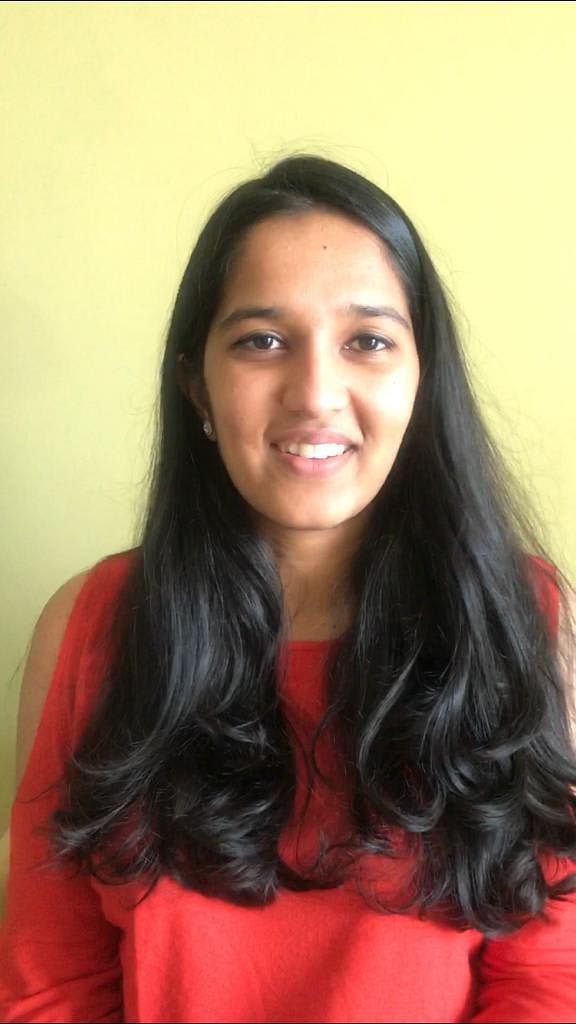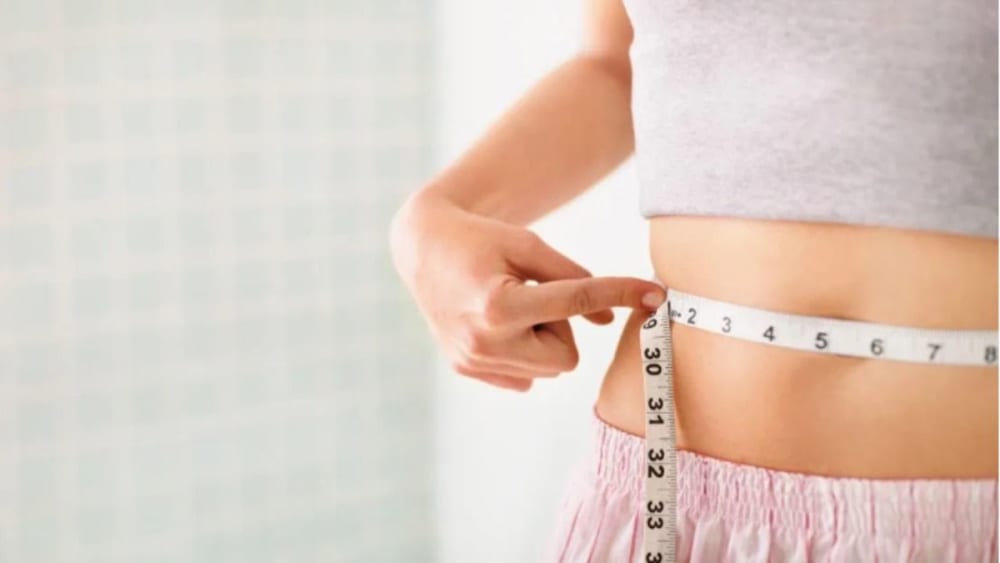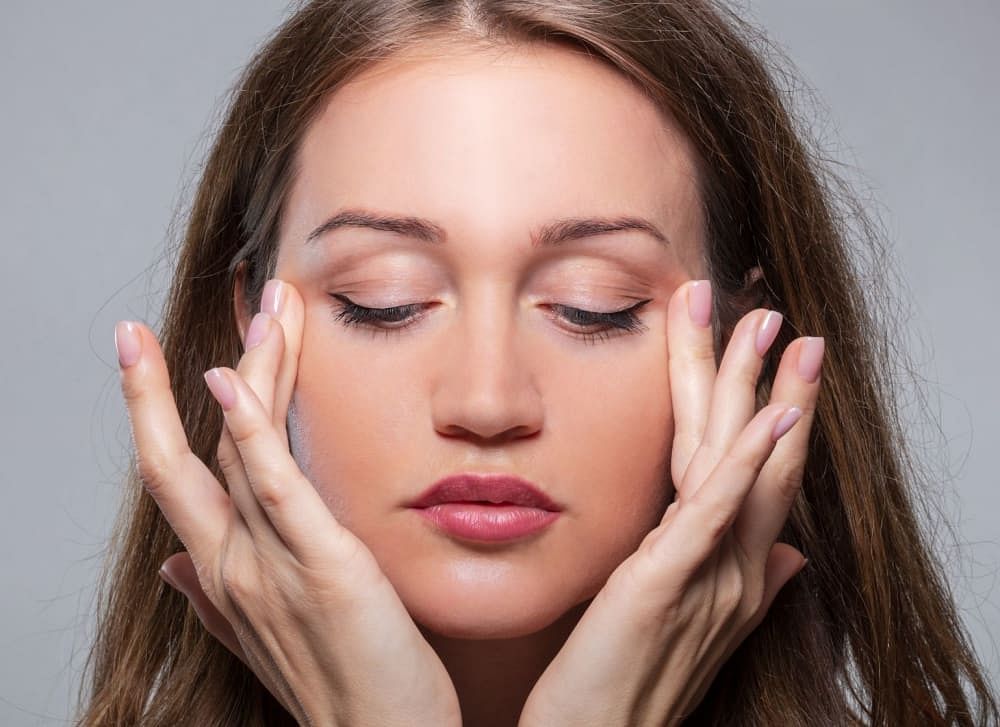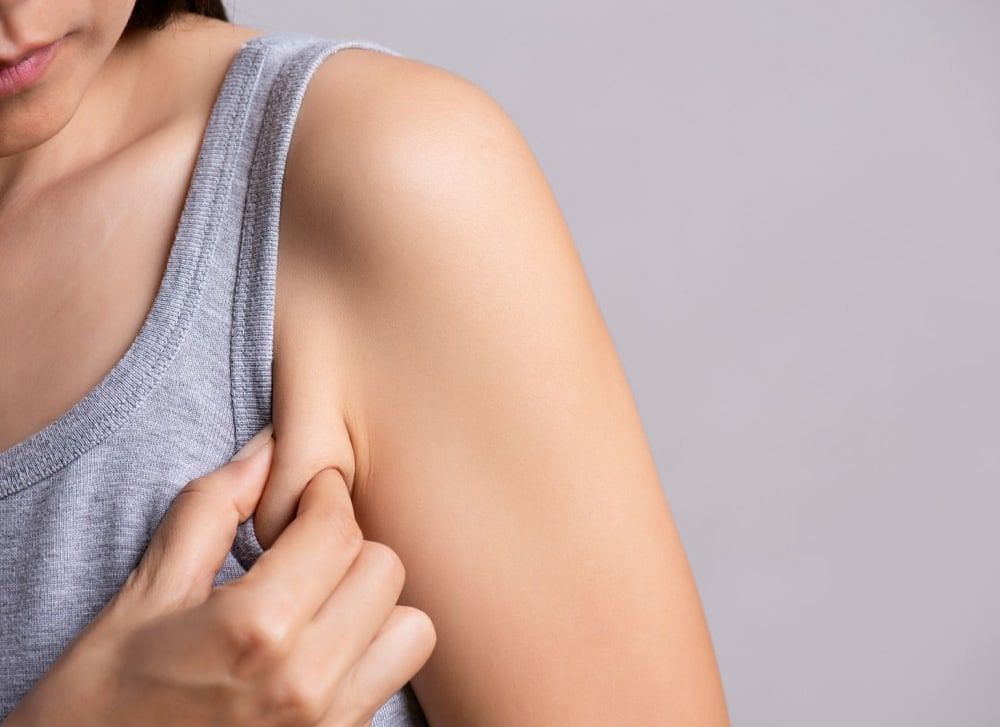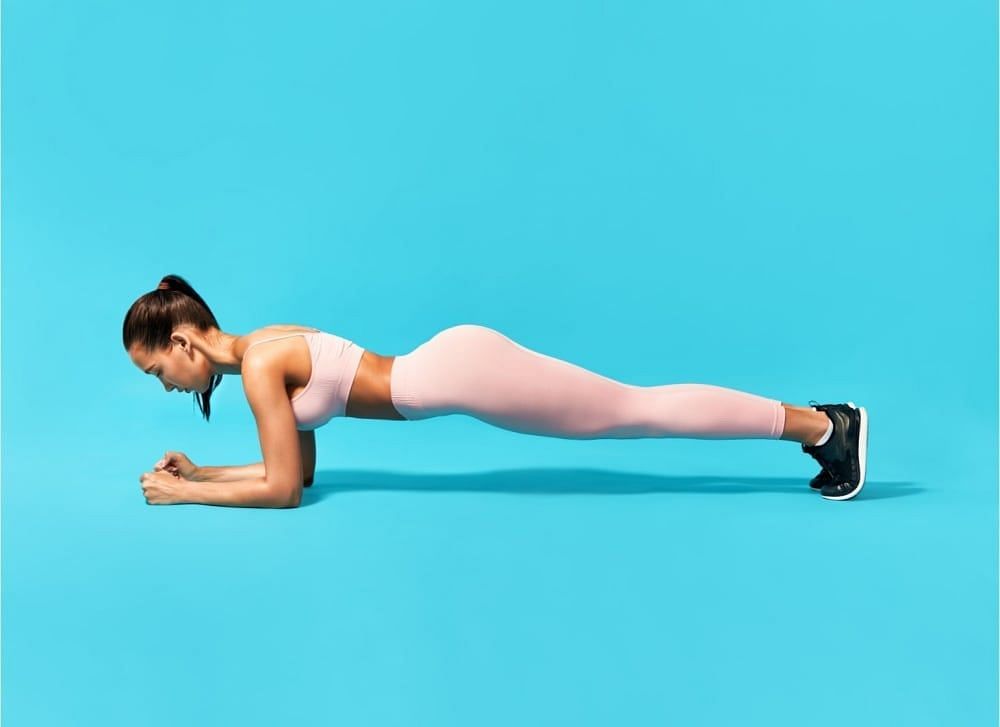Why do people opt for face fat surgery?
If all the face fat exercises have proved ineffective and you are wondering, “How to lose face fat fast?” then surgery might help you. People who target leaner-looking youthful skin in less time opt for face fat surgery for face slimming. These surgeries not only give you a chiseled face but also address multiple signs of aging. It’s a modern approach of aesthetically changing a round face with minimal self-efforts.
Buccal Fat Removal
How to remove cheek fat? Buccal fat removal is a modern technique of cheek fat removal. It is a great investment for extra fat removal accumulated in the middle of your cheek. This technique slims down and defines the angles of your cheeks. You don’t need to exercise to reduce face fat if you go for this treatment.
Who can get it done?
- One who has a healthy body weight.
- One who has a round and a fuller face structure.
- One who is looking for a facial feminisation surgery.
- One who doesn’t smoke.
- One who has pseudoherniation.(tiny rounded fat mass in the cheek due to buccal fat pad).
Also read: Treating Blackheads And Home Remedies
What is the procedure of buccal fat removal?
Before surgery
Before getting this treatment, communicate with the plastic surgeon about -
- Medical history.
- Tobacco/alcohol or any other drug consumption.
- Ingestion of medications, including multivitamins and other health supplements.
- Expectations.
- Particular allergies.
- Past surgeries.
During the procedure
- In Buccal face fat removal, the primary step involves a local anaesthesia dose in your cheek. The patient does not feel any pain but stays awake throughout the process.
- General anesthesia might be given if you are having more than one surgery. In such cases, you need to visit your surgeon frequently.
- The surgeon will make a small incision inside your cheek. The pressure would be put outside your cheek to expose the buccal fat pad.
- After this, the surgeon will cut and remove the excess fat.
- Your wound is sewn up with the help of dissolvable stitches.
After the procedure
- Your surgeon might recommend a medicated mouthwash to prevent infections.
- It would help if you were on a liquid diet for several days.
- Your face can be bruised and swollen just after the surgery. However, it should settle down after you heal.
- The healing process would take at least three weeks.
- Results will be visible usually after three months. It is because it takes time for your cheeks to settle down in a new shape.
Botox and Fillers
Using filler for face slimming may seem peculiar, but it’s a great non-surgical technique for cheek reduction.
What is it, and how does it reduce face fat?
Botox is a refined form of botulinum toxin extracted from the bacteria Clostridium Botulinum. It is deadly in concentrated forms. However, smaller amounts are used to correct wrinkles from the face. Botox works on your wrinkles and fine lines caused by muscle contractions. It temporarily relaxes the muscles that cause wrinkles.
What are dermal fillers?
Dermal fillers are substances that are injected beneath the surface of the skin. These substances impart volume and fullness to the face. As you age, your skin starts to sag. The dermal filler targets the deflated areas of your face and imparts volume to it. This lifts your face and gives a youthful and sharp face shape.
Who can do derma fillers?
- Those who have a masculine/square jawline.
- Those who want to lower down the muscle stress.
- Those who do not smoke or drink.
What is the Procedure?
Before the procedure
Before getting a botox treatment, keep the following things in mind -
- It is not advisable for pregnant or breastfeeding females. Contact your doctor in such cases.
- Make sure you do not have any allergies or infections.
- People with muscle or a nerve disorder should avoid this.
- Your doctors would ask you to avoid certain medications (Aspirin, sleeping aids, Ibuprofen, Vitamin E, Omega 3 oils). Contact your doctor and be vocal about your medications and supplements intake.
- Icing the treatment area beforehand can minimize bruising.
During the procedure
The surgeon uses a small fine needle to inject the botox into the targeted muscle. You don’t need anaesthesia in this procedure as the pain is minimal. It usually takes 7 to 14 days to show the effect entirely.
After the procedure
- Do not consume alcohol for at least 24 hours after the procedure.
- Don’t touch your face for at least a day.
- Avoid other skin treatments like facials, scrubbing, etc., for 24 hours after the procedure.
- Avoid sleeping on treated areas.
- Avoid sun exposure for 24-48 hours.
Also read: Hydrating Facials | Skincare Hacks
What results to expect?
The results can be seen 1-2 weeks after the procedure. The patients can return to their routine after the procedure. Some wrinkle reducers, namely botox or Dysport, might take 10-14 days to show full results.
References
- James M. Stuzin and Rod J Rohrich, November 2019; The Facial Fat Compartments Revisited: Clinical Relevance to Subcutaneous Dissection and Facial Deflation in Face Lifting- The Facial Fat Compartments Revisited: Clinical Relevance to Subcutaneous Dissection and Facial Deflation in Face Lifting | Request PDF (researchgate.net)
- Thais Pimentel, Henrique Hadad, Cristian Statkievicz, and Albertino Gomes de Alcantara-Júnior, August 2020; Management of Complications Related to Removal of the Buccal Fat Pad- (PDF) Management of Complications Related to Removal of the Buccal Fat Pad (researchgate.net)
- Raina D’souza, Ashwini Kini, Henston D’souza, Nitin Shetty, and Omkar Shetty, August 2014; Enhancing facial aesthetics with muscle retraining exercises-A review- https://www.ncbi.nlm.nih.gov/pmc/articles/PMC4190816/
- Simon N. Thornton, June 2016; Increased hydration can be associated with weight loss- https://www.ncbi.nlm.nih.gov/pmc/articles/PMC4901052/
- Leslie H. Willis, Cris A. Slentz,1 Lori A. Bateman, A. Tamlyn Shields, Lucy W. Piner, Connie W. Bales, Joseph A. Houmard, and William E. Kraus, December 2012; Effects of aerobic and/or resistance training on body mass and fat mass in overweight or obese adults- https://www.ncbi.nlm.nih.gov/pmc/articles/PMC3544497/

